Skills to analyze a poem
During the high school graduation exam review process, students should pay attention to 4 key poems: Tay Tien by Quang Dung, Viet Bac by To Huu, Dat Nuoc by Nguyen Khoa Diem, and Song by Xuan Quynh. These texts are all long, so the questions often require analysis/perception of a poem.
Candidates can apply the following 5 basic steps to outline:
Step 1: Make a general comment on the poem, including aspects such as poetic form, language, imagery, and general tone. In particular, how many main ideas are included in the structure and how to analyze it according to the structure (horizontal, vertical, or a combination of both).
Step 2: Analyze in turn according to the above layout orientation. This operation includes the following steps: introduction or transition, quoting poetic material. Must quote fully and accurately.
Step 3: Paraphrase the entire excerpt from the poem into prose. It must be fluent, meaningful, and interesting. Most students' essays include this step. It is worth noting that many candidates only stop at this step, so their essays lack depth and are often commented by the examiner as "just paraphrasing".
Step 4: Stick to the key words, images, artistic techniques… to analyze deeply and thoroughly. This is the most basic step, it shows the writer’s ability to perceive poetry. If you want your essay to have depth, you must promote the effectiveness of this step.
Step 5: Compare and contrast to highlight the poem. There are many ways to relate and compare, such as images, details, and art in the poem, outside the poem; compare with the same author, different authors; or works written on the same topic...
The above 5 steps are included in the outline for analyzing the poem as follows:
1. Introduction:
- Introduction: Author (position, style, should quote an opinion about the author), the given poem (origin, composition context), the structure of the poem and the position of the poem in the exam.
- Copying poetry: You can copy the whole paragraph or just the first and last lines, if it's long.
- Transition: Analyzing the above poem shows us the author's profound ideological content (...) and unique artistic style (...).
2. Body:
a. General comments on the poem: About the poetic form; about the language, images, tone; about the structure; about the layout, how many verses, can be analyzed horizontally (or vertically, if there is an idea) into how many main ideas.
b. Analyze in turn according to cross-sectional layout:
Apply the 5 steps of poetry analysis above here. In step 5, there is an operation of providing relevant evidence.
Here is how to effectively present relevant evidence: From the argument being discussed, relate it to the corresponding evidence (the evidence can be similar or different); Restate the evidence (with analysis/interpretation/discussion); Conclude, closely follow the evidence with the argument (pay attention to how the evidence is related to the argument being analyzed? What does it clarify for the argument?).
c. Summary and comments, evaluation:
Through analyzing the above poem, we see:
- Regarding content: Restate the content/theme of the poem; what beauty does the poem reveal; what is its social/literary/historical meaning and ideology; what new contribution does it make to literature on the topic/theme...?
- Regarding art: Restate all the artistic devices analyzed from the poem (rhetorical devices, poetic forms, images, tone, language, etc.); what writing style is used in the poem (such as lyrical/political/romantic/epic/talented, etc.); what style of the author does the poem express; what new things does the author's writing style bring to the country's literature, etc.)
3. Conclusion:
In short, the poem shows the beauty (restates the theme/content of the poem); affirms the meaning/attraction of the poem in the poem; affirms the vitality of the poem and the author. There should be an evaluation of the work in the conclusion.

Grade 12 students prepare knowledge for the upcoming high school graduation exam
How to analyze short story excerpts, essays, memoirs, and drama texts
This type of question often requires: Analyzing an excerpt (with or without a text quote), from which to comment/evaluate/draw conclusions/clarify... the humanistic values/realism/artistic style/meaning of the message... of the author/text.
Candidates can apply the following outline:
1. Introduction:
- Introduction: Author (position, career, style, creative viewpoint). There should be an opinion about the author; work (origin, creative context); location of the excerpt (in which part of the work), content of the excerpt.
- Transition: Analyzing the above excerpt shows us (according to the question's requirements).
2. Body:
a. Analysis of the excerpt:
- Overview of the excerpt: Summarize the events/incidents before the given excerpt. Can briefly summarize the work so that readers can see the location of the given excerpt in the work; What is the excerpt about? What is the ideological content/theme?
- Analyze the excerpt: Analyze/interpret the details of the excerpt carefully, deeply, and accurately in order from beginning to end. If it is a play, analyze the dialogues. Evaluate the content and artistry as you analyze. Provide additional relevant evidence for comparison.
- Synthesize and evaluate the excerpt in terms of ideological content and artistic style.
b. Clarify the requirement "From then on…": This part requires candidates to have a solid understanding of the work's humanistic values, realistic values, meaningful messages, and artistic style of the author.
3. Conclusion:
- Summarize the main issues discussed.
- Affirm the meaning/attractiveness of the excerpt; Affirm the vitality of the work and the author. There should be an opinion about the work.
Source link


![[Photo] Looking back at the impressive moments of the Vietnamese rescue team in Myanmar](https://vstatic.vietnam.vn/vietnam/resource/IMAGE/2025/4/11/5623ca902a934e19b604c718265249d0)

![[Photo] "Beauties" participate in the parade rehearsal at Bien Hoa airport](https://vstatic.vietnam.vn/vietnam/resource/IMAGE/2025/4/11/155502af3384431e918de0e2e585d13a)








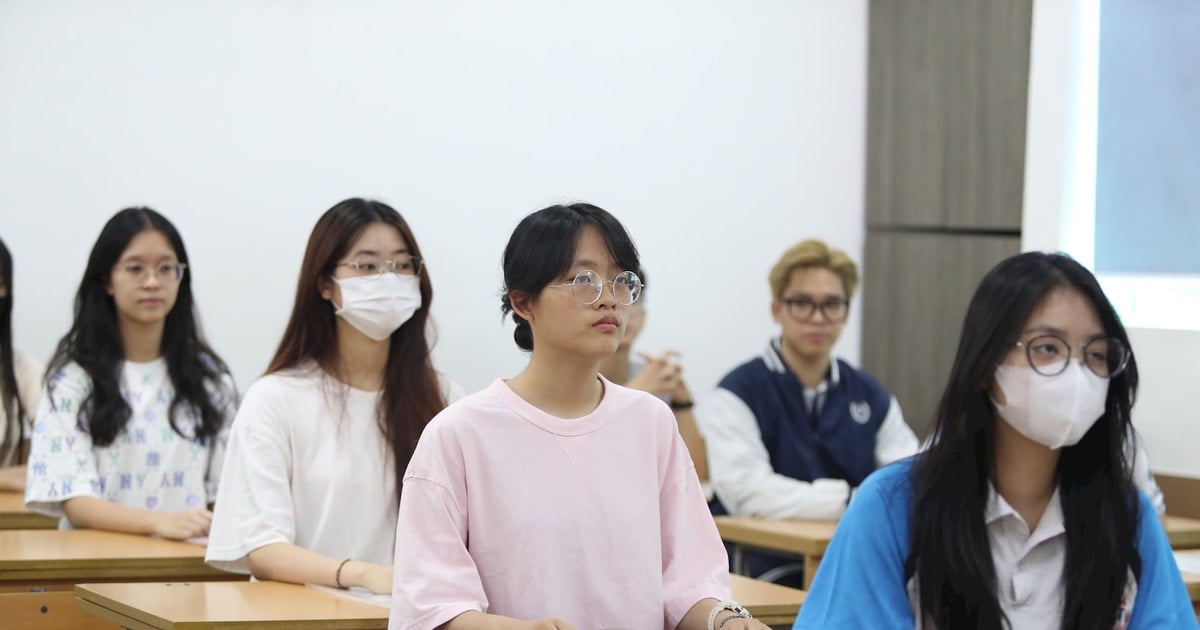

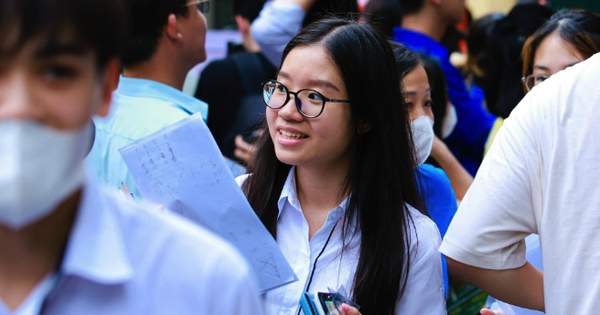

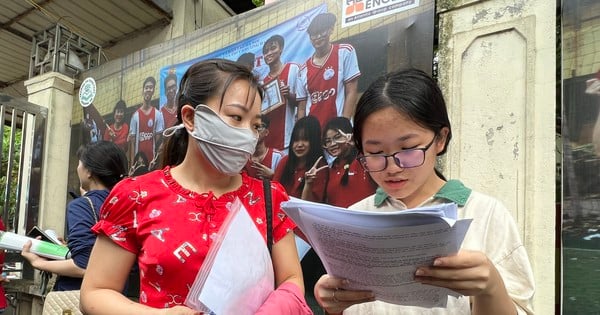
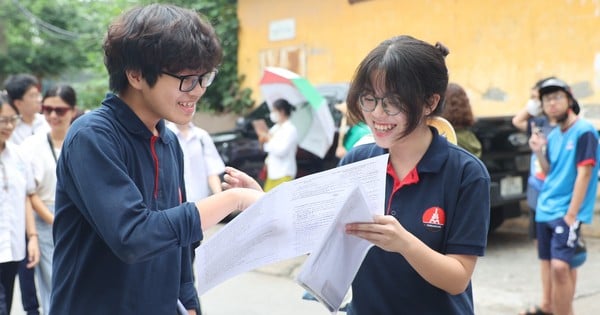
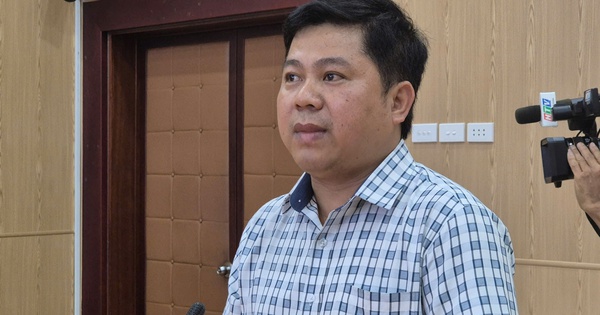











![[Photo] Summary of parade practice in preparation for the April 30th celebration](https://vstatic.vietnam.vn/vietnam/resource/IMAGE/2025/4/11/78cfee0f2cc045b387ff1a4362b5950f)












































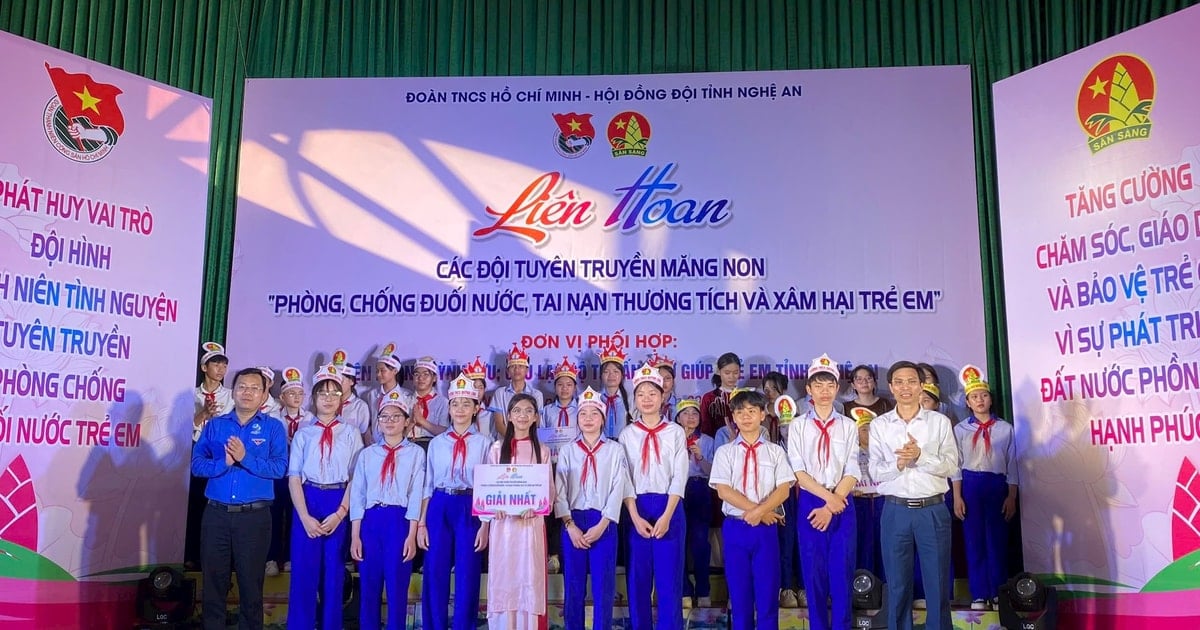

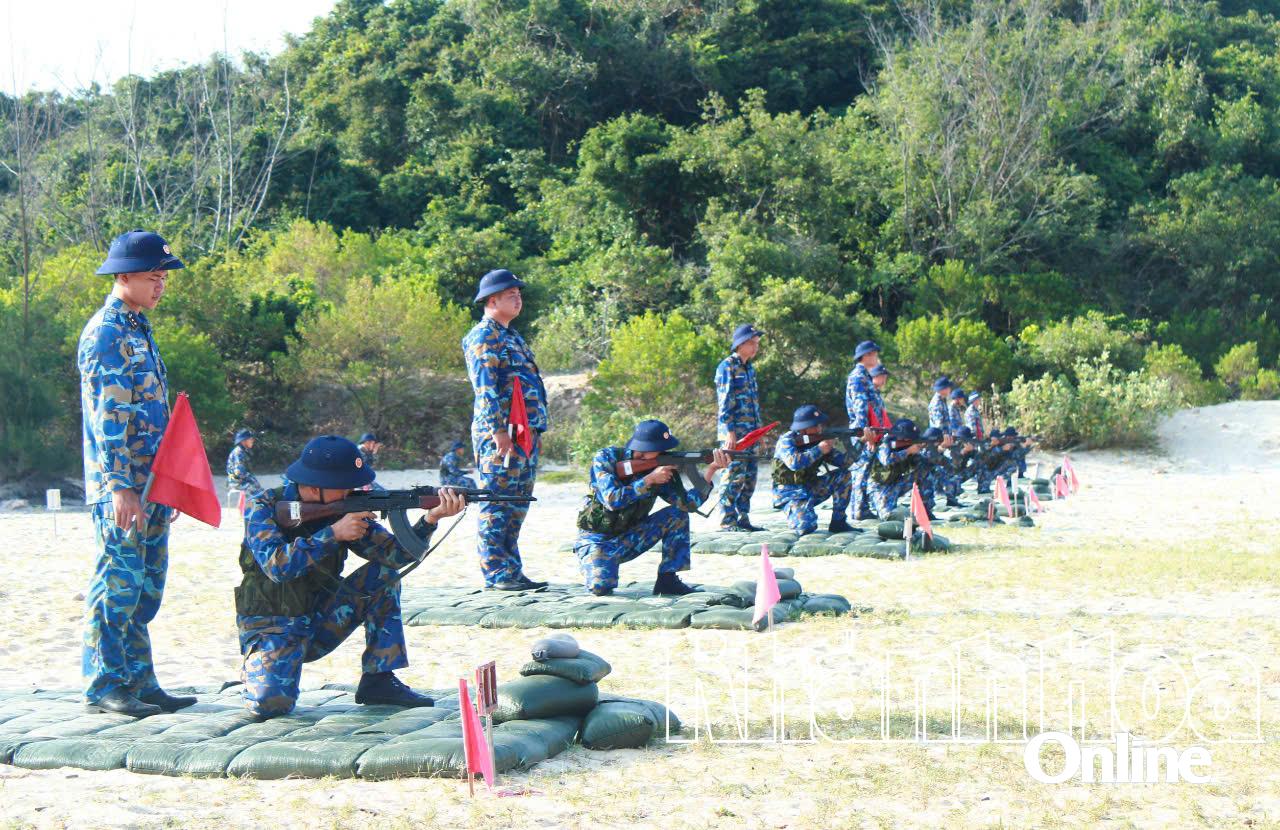

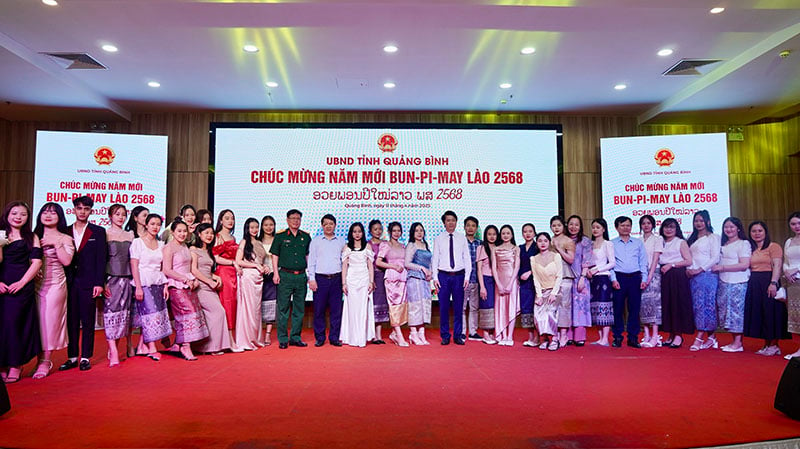

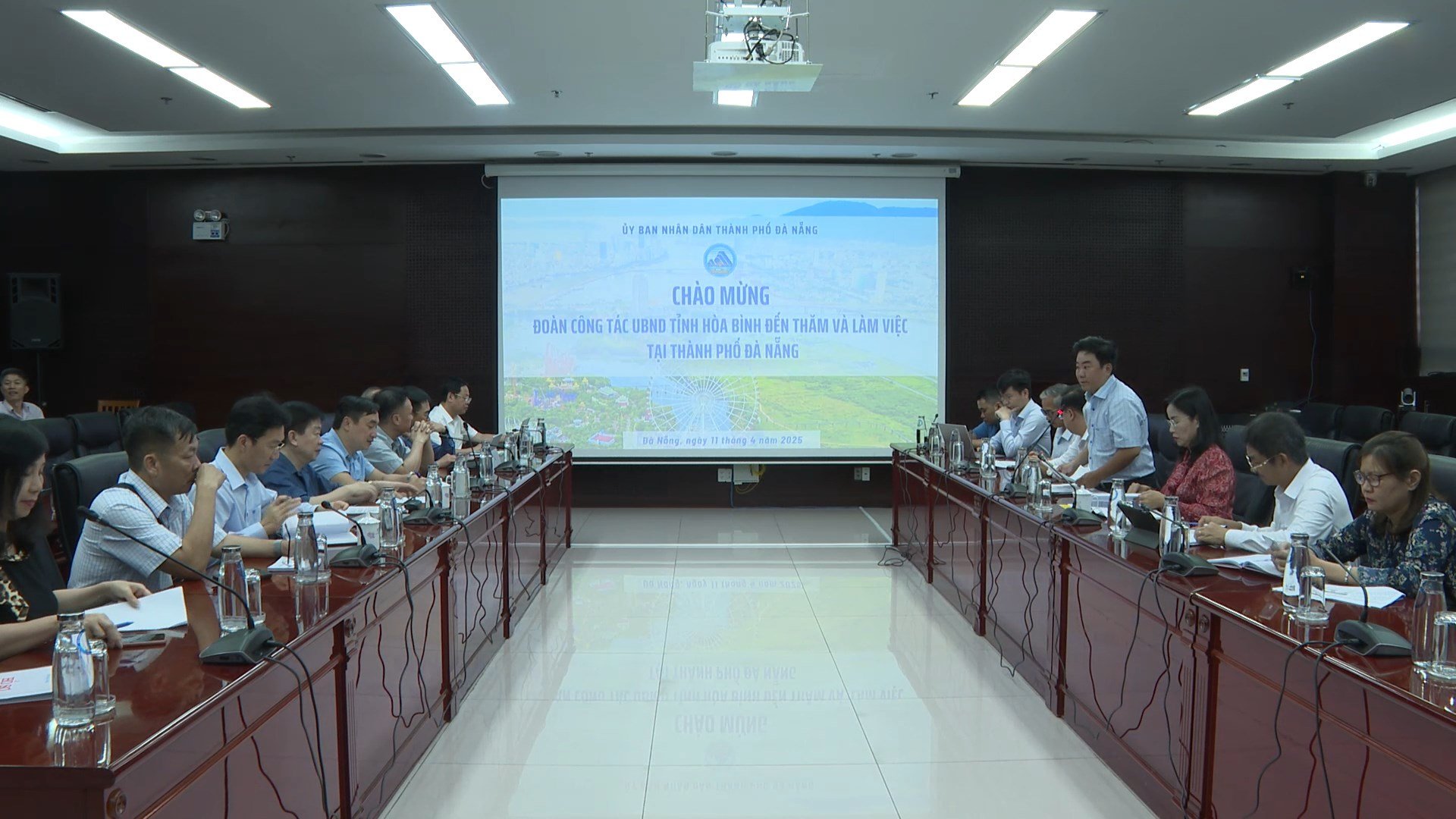










Comment (0)